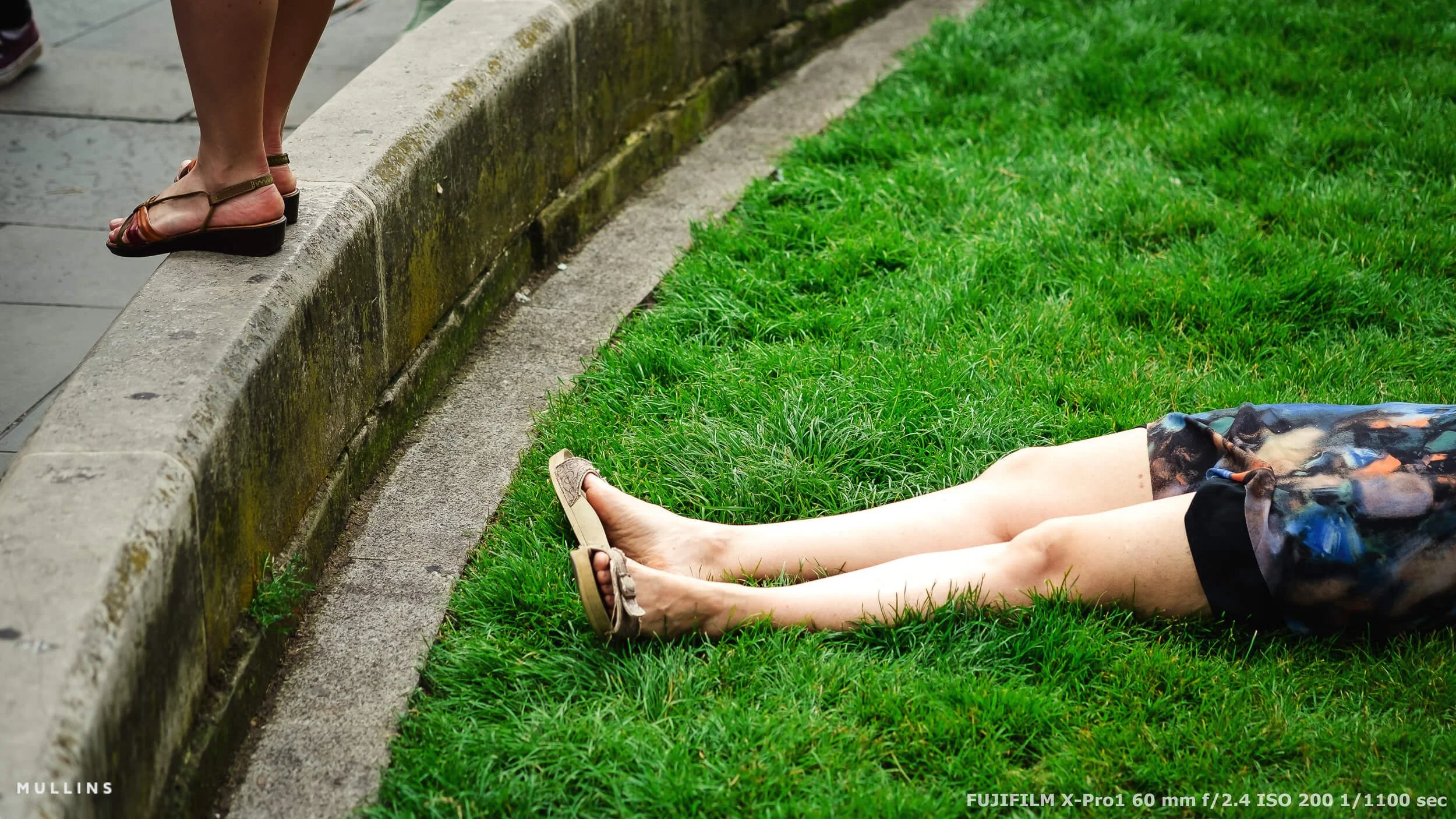The Story of my "Custom" X-Pro1 & Why It Matters in 2024
My Fujifilm X-Pro1 “Signature” Edition
Watch The Video:
The Fujifilm X-Pro1: A Signature Story
You’ll get more by watching the video above, but here is a summary.
My personal X-Pro1 isn’t just any old X-Pro1—it’s my unique version with Fujifilm’s ‘Signature’ skin.
It’s been twelve years since I first got the X-Pro1, so I thought it was the perfect time to reflect on why it meant so much to me and whether it still holds up in 2024.
That Signature Style
In 2014, Fujifilm decided to give X-Pro1 users something special by offering custom skin options. To clear things up—I was a Fujifilm ambassador at the time, but I still paid £129 for this like anyone else (and yes, I found the old email to prove it). They had bold choices: red, yellow, and classic black. Naturally, I opted for the black lizard skin—there was no way I’d show up at a wedding with a bright red or yellow camera!
The finish was done perfectly and fitted so well that it added a lovely tactile feel to the camera. And then there was the box. If you’ve ever listened to The FujiCast, you’ll know I usually clear out camera boxes to “free the air,” but this one? I kept it. It was too lovely to recycle and added to the whole collector’s piece vibe.
My Early Days with the X-Pro1
I first used the X-Pro1 in 2012, just a few years into my wedding photography career. By then, I was already a fan of the FinePix X100, but the X-Pro1, with its interchangeable lenses, changed everything. It quickly became my primary camera for weddings and capturing day-to-day moments at home with my (then very young) kids, Albie & Rosa.
The 16-megapixel sensor was top-notch at the time, even if it seems modest compared to today’s 40-megapixel giants like the X-T5. But those early images have a raw, unpolished quality that I still love. Looking back at them reminds me not only of how far tech has come but also of how much we’ve all grown as photographers.
The Lenses That Made the Difference
There were a few launch lenses that defined my time with the X-Pro1:
The 18mm f/2: Brilliant for street photography and wide shots at weddings, just wide enough to tell a story without adding too much distortion.
The 35mm f/1.4 was my workhorse lens at the time. It was reliable, versatile, and perfect for capturing emotional moments at weddings. It handled low light well for its time, and I still enjoy pulling this lens out and using it today.
The 60mm f/2.4 Macro was ideal for close-ups when I wanted a bit of compression. It was a bit slow, though, so I started using back-button focusing.
The Quirks and Character
I’m not going to pretend the X-Pro1 was perfect. Anyone who’s used it will know about the ‘waxy skin’ effect at higher ISOs—it made people look oddly plastic, which wasn’t ideal for candid shots. And pushing the ISO beyond 3200 was a gamble. The camera could technically go up to 6400, but you’d pay for it in noise.
But these quirks taught me how to work within limits, master light, and get the most out of the gear in hand. The X-Pro1 had something special about it. The 16.3-megapixel sensor might sound small now, but I still appreciate the images' richness and depth. The colours had that film-like quality that gave photos an authentic feel. They weren’t perfect, but they were real. Photos of my kids and wedding shots from that time still bring back some of my happiest memories.
Editing in 2024: The X-Pro1 Still Delivers
I edited some of those old images in the video using my Film Edition 3 Presets in Lightroom. Seeing how well these older files hold up with today’s software is amazing. Despite the quirks, X-Pro1 images have this painterly, nostalgic quality that stands out. The grain and occasional waxy effect can’t detract from the timeless feel that newer cameras don’t quite capture.
Summary
Is the X-Pro1 still worth a look in 2024? I think so, especially if you’re after a camera with a real character—something that makes you slow down and think about each shot.
Of course, it won’t compete with today’s high-tech cameras, but if you’re looking for a touch of nostalgia and a slightly different experience, the X-Pro1 still holds its own.




























